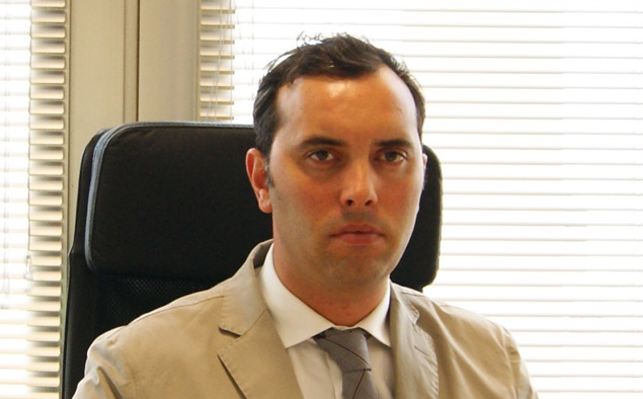
Darío González Fernández – CEO, Indaero
Spanish aerospace engineering and production specialist, Indaero, manufactures aircraft panels for key customers such as Airbus and its suppliers, offering a comprehensive range of services including design, engineering, tooling, welding and painting. In a bid to extend its offering, the company decided to invest in a StratasysFortus 450mc production 3D printer to enable it to offer lightweight and complex tools.
Traditionally, production tools, would be manufactured using injection moulding or CNC machining, and although Indaero still uses these processes, the 3D printer enables it to service low-volume production by producing many different tools on-demand.
For instance, for its client Aernnova, a leading Airbus provider, the Fortus machine is being used to optimise a series of production tools for the manufacture of an Airbus NH90 Helicopter. In particular, a 3D printed manufacturing tool to fix a slide box onto the interior panel of the helicopter wing.

3D printed manufacturing tool produced using Stratasys’ Fortus 450mc 3D printer in ULTEM 9085 material, enabling Indaero to produce complex shapes that perfectly fit the curvature of aircraft panels
Previously, an aluminium tool weighed 12kg and required two operators to hold it against the panel while marking the drill holes. With the complex geometries achievable with 3D printing, the team redesigned the tool with a curvature perfectly fitting the panel structure. As a result, Indaero provided Aernnova with a new, more effective tool, 9kg lighter than its predecessor and capable of standing on its own.
D3D: What were the first steps to bringing 3D printing technology in-house?
DGF: Our company wanted to make investments for the future and prepare ourselves with a technology that both complements and enhances the work we are doing in-house. We decided to buy the Stratasys Fortus 450mc FDM 3D printer because of the ULTEM family of materials, already certified by Airbus. We are a supplier to Airbus and anticipated the need to manufacture production parts using this 3D printed material, which features a unique combination of high strength-toweight ratio.
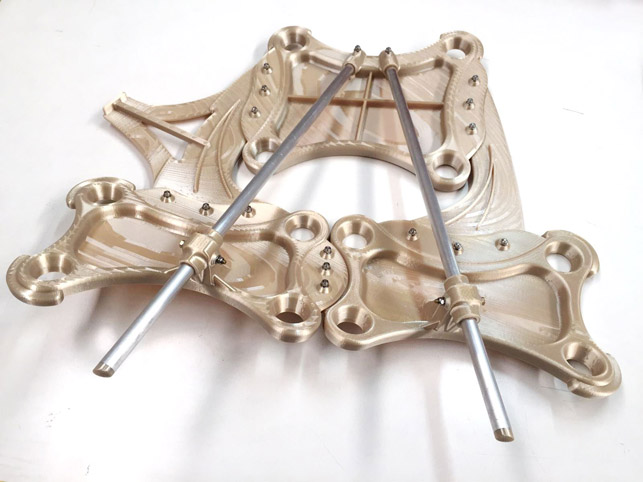
Indaero redesigned and produced a tool that is 9kg lighter than the traditionally manufactured tool
D3D: How has 3D printing changed Indaero’s workflow from a tooling perspective?
DGF: Ultimately, we still work with conventional manufacturing methods, but Stratasys additive manufacturing has improved our workflow. When producing tools, we always have this technology in mind. It offers us the possibility of new solutions, slashes production costs and has accelerated delivery times to our clients. This last point is so important because our business is based on service.
D3D: As well as a 3D printer, what skills and technologies are needed to make a perfect tool?
DGF: It is necessary to have an engineering department experienced in both traditional and additive manufacturing methods. They have to work with both everyday as we always use the technology most convenient for each case. So, we need flexible engineers who are able to integrate both techniques to produce hybrid tooling. Our engineers followed a three week training on additive manufacturing, from the concept of the technology, to its use and how to design for it. Now we have over two years of experience with this amazing disruptive technology.
In addition to the engineering skills, it is still necessary to have workshops for machining, assembly and paint in order to create tailored tools with hybrid features. And finally, we have a purchase department to get small parts such as screws to assembly hybrid metallic – 3D printed parts together.
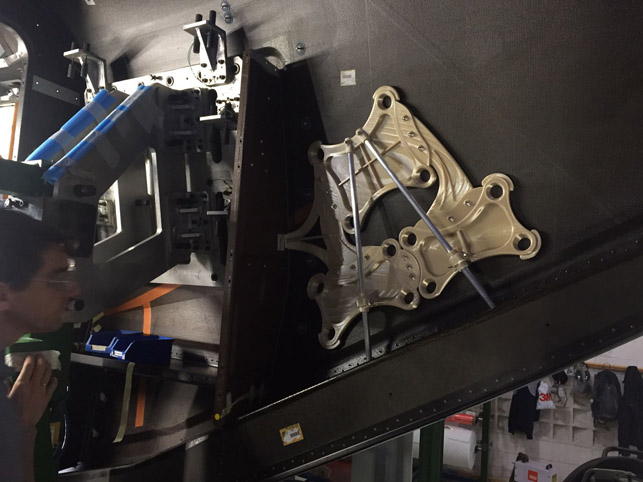
The new 3D printed manufacturing tool fits against a curved panel independently, freeing up operators to undertake other production jobs to accelerate customer delivery times
D3D: What material properties are important to you when producing additive parts?
DGF: I’d say that the main property that is key for us is the exceptional resistance of the ULTEM material, it is extremely difficult to break. The fact it is certified by Airbus is also an important feature.
D3D: Have you seen a change in the way you design these parts? Are you now designing with additive in mind for increased functionality?
DGF: Yes, the design process has completed changed for us. With additive manufacturing, the design is organic, we are not limited to a part with straight lines, and our engineer has total freedom to design a complex part, such as a curved tool that will perfectly fit the intricate shapes of aircraft panels. This technology adapts itself well to these curved designs.
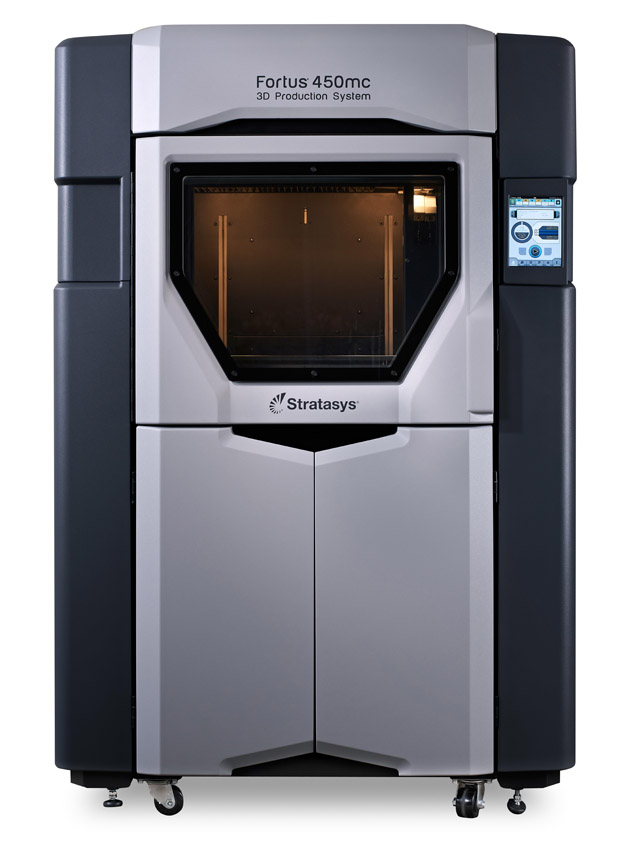
The Fortus 450mc 3D printer that Indaero has on-site
D3D: What do you think is needed to scale up additive parts production for aerospace? Is it all about meeting rules and legislations?
DGF: From a Spanish perspective, we need more than rules and legislations to scale up additive products for aerospace, it’s necessary to educate our engineers on additive manufacturing. There is fear about the resistance of 3D printed parts and a trend to manufacture with the traditional methods we know. Most of this misconception comes from the lack of knowledge on this disruptive technology, and most of those who tried to integrate it worked with domestic 3D printers. At Indaero, our engineers were trained and learnt how to work with Stratasys additive manufacturing, the printer creates parts that cannot break, parts with increased functionality and with a long design life.
I’d love to see training courses on additive manufacturing dedicated to engineers in Spain.
D3D: What has been the biggest benefit of using 3D printing?
DGF: For us, the biggest benefit has been enhanced workflows and performance, which has ultimately led to us gaining new clients. Whereas, for our clients the biggest benefit is the accelerated speed of delivery of their products.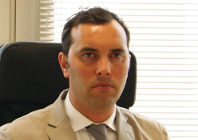
On investing in 3D printing for the production of tools
Default

